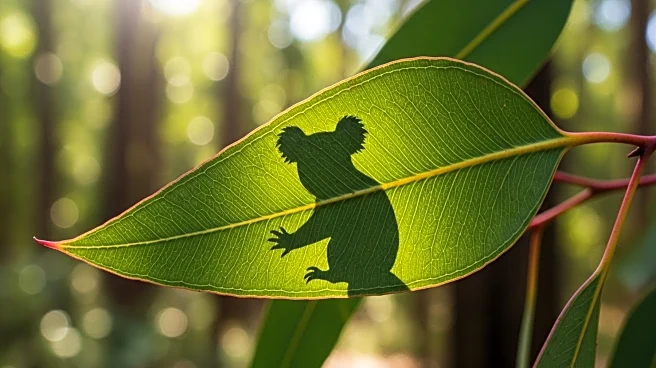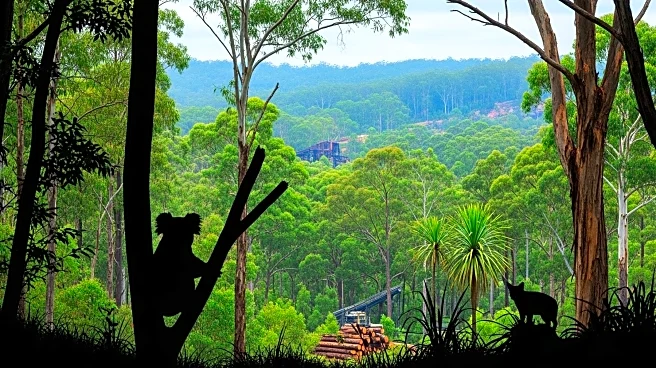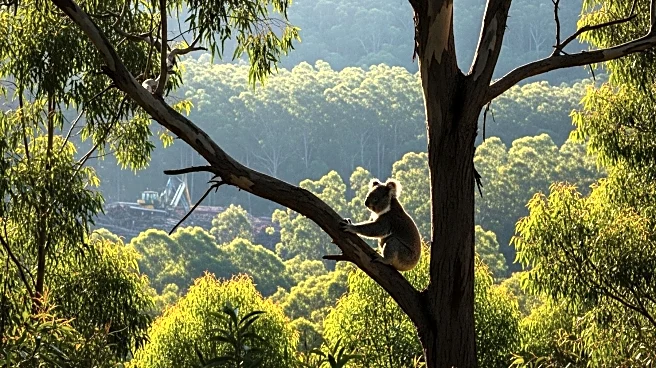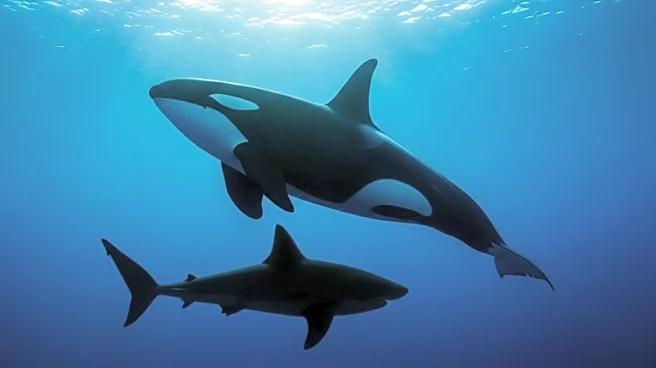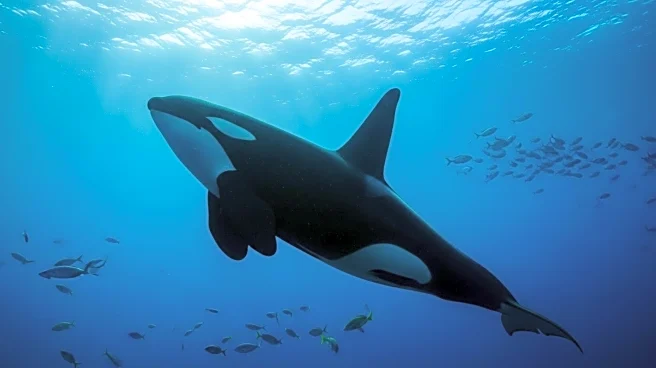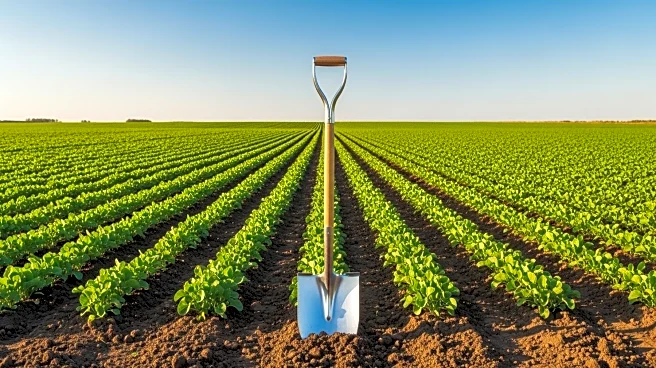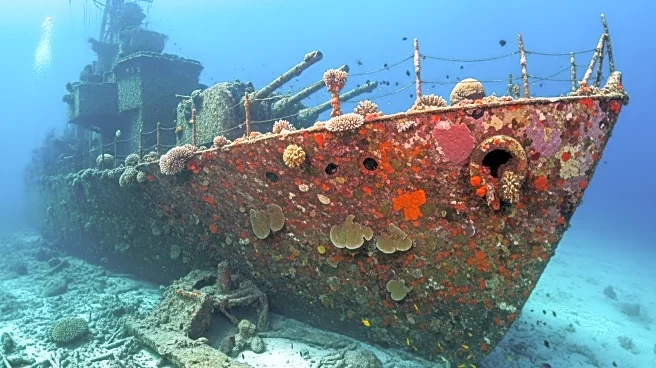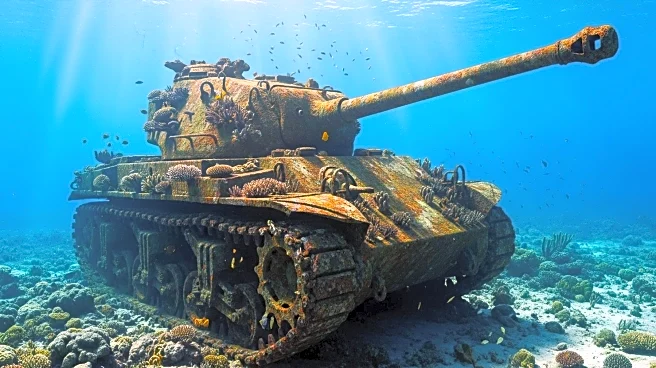What's Happening?
Researchers at the University of the Sunshine Coast have developed a single-dose vaccine to protect koalas from chlamydia, a disease responsible for half of the deaths in Australia's wild koala populations. The vaccine, approved for rollout by the Australian Pesticides and Veterinary Medicines Authority, aims to reduce infection rates and prevent progression to clinical disease. Chlamydia affects koalas by causing urinary tract infections, infertility, blindness, and death. The disease spreads through reproduction and social behavior, with infection rates in some colonies reaching as high as 70%. The vaccine has been trialed on hundreds of wild and captive koalas, showing a reduction in mortality from the disease by at least 65%.
Why It's Important?
The development of this vaccine is crucial for the conservation of koalas, which are considered endangered in several Australian regions due to disease, habitat loss, and other threats. By reducing the impact of chlamydia, the vaccine could help stabilize koala populations and prevent local extinctions. This initiative also highlights the importance of scientific research in addressing wildlife diseases and preserving biodiversity. The success of the vaccine could serve as a model for similar efforts in other species facing disease-related challenges.
What's Next?
The rollout of the vaccine will continue, with researchers monitoring its effectiveness in reducing chlamydia symptoms and mortality rates in koala populations. Conservationists and scientists will likely focus on expanding the vaccine's use and exploring additional measures to protect koalas from other threats, such as habitat destruction and bushfires. The ongoing research and application of the vaccine may also lead to further advancements in wildlife disease management.
Beyond the Headlines
The vaccine's development underscores the ethical responsibility to protect endangered species and the role of scientific innovation in achieving this goal. It also raises questions about the balance between human activities and wildlife conservation, as habitat loss and environmental changes continue to threaten koala populations. The project may inspire similar initiatives globally, emphasizing the need for collaborative efforts in wildlife preservation.
